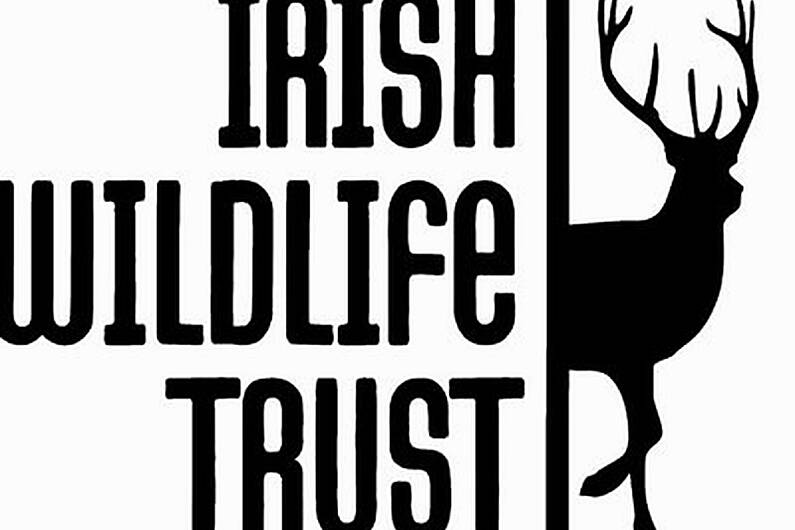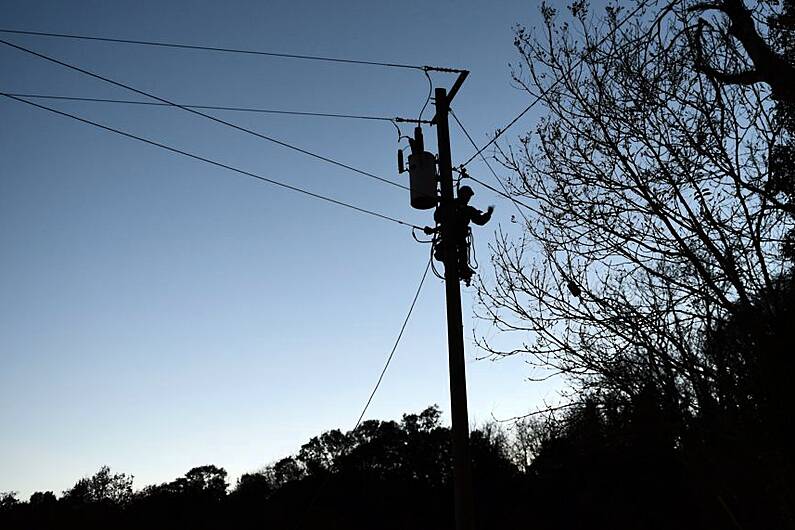Calls are being made for a cross-departmental approach to produce management plans for sensitive eco-systems including Kenmare Bay.
The Irish Wildlife Trust has released a report highlighting what it says is Ireland’s failure to manage and successfully protect inshore marine protected areas.
The report focuses on four case studies from around the country including Kenmare Bay, Roaringwater Bay, Blacksod Bay and Lough Swilly; all are Special Areas of Conservation.
Kenmare River SAC is protected for its marine priority habitats including inlets and bays, reefs and sea caves along with priority species otter and harbour seal.
Fisheries include dredging for scallops, bottom trawling for lobster and fish, set net fisheries, pot fisheries and pelagic fisheries.
Aquaculture activities include oysters in bags and trestles, mussels, salmon in pens and scallops and clams on the sea floor.
The report says aquaculture activities have been assessed and mitigation measures put in place but there is no mitigation plan for fisheries.
It says a risk assessment for aquaculture carried out last year lacks in scientific certainty especially where oyster trestles and scallops are concerned.
A recent RTE TV show said Kenmare Bay was full of fish and kelp forests 30 years ago but is now described as an underwater desert; the exact reason for this was not discussed.
The programme for Government commits to protecting 30% of Irish seas but the Irish Wildlife Trust says only 2.4% are currently protected.
The group has sent its report to the European Commission as it says it clearly shows a deterioration in the status of protected habitats, in contravention of European law.
It is calling for site-specific management plans to be developed across several key Government departments along with other stakeholders.







